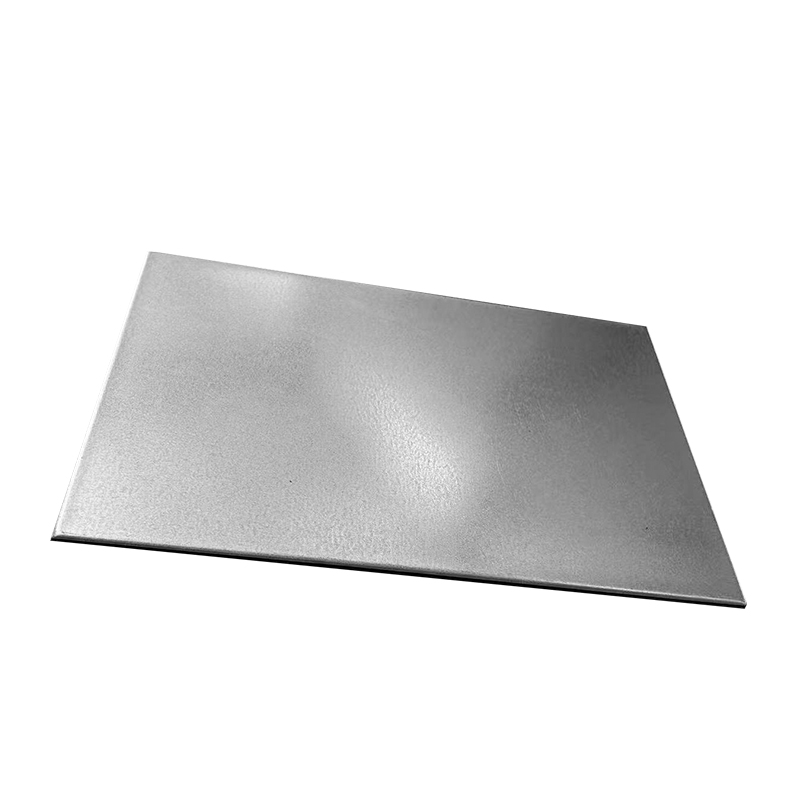Galvanized steel composite panels, also known as zinc-coated steel laminates or galvanized sandwich panels, are engineered materials widely utilized across various industries due to their exceptional strength, corrosion resistance, and aesthetic versatility. Their robust production involves a sophisticated multi-stage process that ensures the creation of a high-performance, durable product.
The foundation of any high-quality galvanized steel composite panel lies in its raw materials. The primary components are the galvanized steel sheets and the core material.
Galvanized Steel: High-grade steel coils, typically hot-dip galvanized for superior corrosion protection, are carefully selected. The galvanization process applies a protective zinc coating, acting as a sacrificial layer that prevents the underlying steel from rusting. These coils are then cut into precise dimensions based on the panel specifications.
Core Materials: A diverse range of core materials can be employed, each offering unique properties. Common choices include:
Polyurethane (PU) or Polyisocyanurate (PIR) Foam: These offer excellent thermal insulation and fire resistance. The raw chemical components are carefully mixed and dispensed to create the foam core.
Mineral Wool: Renowned for its superior fire resistance and acoustic insulation properties. Mineral wool slabs are precisely cut to size.
Honeycomb Structures (Aluminum or Paper): Used when high strength-to-weight ratios are paramount.
Expanded Polystyrene (EPS): A cost-effective option providing good insulation.
The selection of the core material is critical and depends on the panel's intended application, balancing factors such as insulation, fire rating, structural integrity, and cost.
Before assembly, the galvanized steel sheets undergo rigorous surface treatment to ensure optimal adhesion with the core material. This typically involves:
Cleaning: The sheets are thoroughly cleaned to remove any oils, dirt, or contaminants that could compromise adhesion. This often involves degreasing and rinsing processes.
Pre-treatment (Optional but Recommended): Some manufacturers apply a chemical pre-treatment, such as chromate conversion coating or a non-chrome equivalent, to further enhance corrosion resistance and promote adhesive bonding.
Adhesive Application: A high-performance structural adhesive is precisely applied to the prepared inner surfaces of the galvanized steel sheets. The type of adhesive varies depending on the core material and the desired panel properties. Common adhesives include two-part polyurethanes or epoxy resins, chosen for their strong bonding capabilities and resistance to environmental factors.

This is the pivotal stage where the galvanized steel laminates take their composite form.
Core Placement: The prepared core material (e.g., foam, mineral wool, or honeycomb) is carefully positioned between the two adhesive-coated galvanized steel sheets. Precision is key to ensure uniform thickness and consistent bonding.
Pressing/Lamination: The assembled "sandwich" is then fed into a continuous laminator or a batch press.
Continuous Lamination: In high-volume production, a continuous laminator applies controlled heat and pressure to the assembly as it moves along a conveyor belt. This process activates the adhesive, promoting a strong and durable bond between the steel skins and the core.
Batch Pressing: For larger or custom-sized panels, a hydraulic batch press is used. The assembly is placed in the press, and immense pressure is applied, often with heating, to cure the adhesive and create a unified composite.
During this stage, precise control over temperature, pressure, and cure time is essential to achieve optimal bond strength and prevent delamination.
Once laminated, the galvanized sandwich panels undergo further processing to enhance their durability and aesthetics.
Edge Trimming: The edges of the newly formed composite panels are precisely trimmed to achieve exact dimensions and a clean, straight finish. This removes any excess adhesive or core material.
Edge Sealing (Optional but Recommended): To further protect the core material from moisture ingress and enhance the panel's overall integrity, the edges may be sealed with a protective sealant or fitted with edge profiles (e.g., PVC or aluminum). This is particularly important for outdoor applications or in environments with high humidity.
Protective Film Application: A temporary protective film is often applied to the outer surfaces of the zinc-coated steel laminates to prevent scratches and damage during handling, transportation, and installation.
Before dispatch, every galvanized steel composite panel undergoes rigorous quality control checks.
Visual Inspection: Panels are visually inspected for defects such as uneven surfaces, poor adhesion, or inconsistencies in the galvanized coating.
Dimensional Accuracy: Precise measurements are taken to ensure the panels conform to specified dimensions.
Adhesion Testing: Destructive and non-destructive tests may be conducted on samples to verify the bond strength between the steel skins and the core.
Packaging: Finally, the finished panels are carefully stacked and packaged, often with protective interleaving materials, to prevent damage during transit and storage. They are then ready for shipment to construction sites, industrial facilities, and various other applications worldwide.
The meticulous production process of galvanized steel composite panels ensures a product that offers an optimal blend of structural integrity, thermal performance, and long-term corrosion resistance, making them a preferred choice for modern construction and industrial solutions.